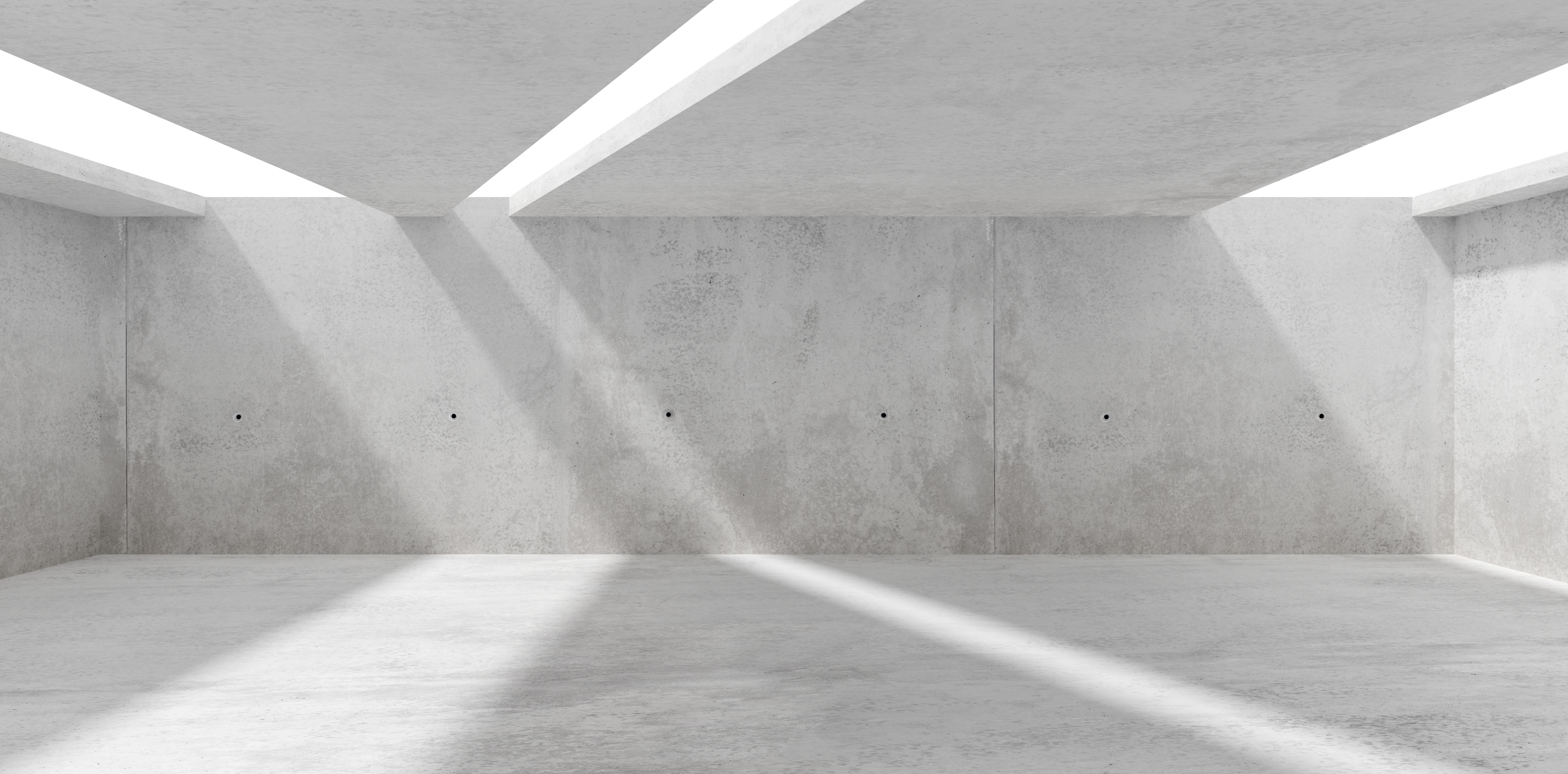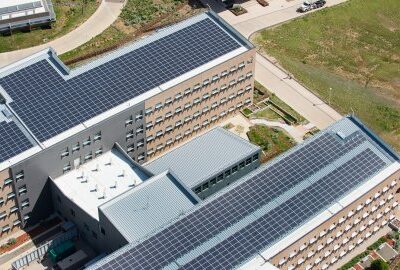If it seems like the world is made of concrete, that’s because much of it is. Since making its first appearance about 8,000 years ago, concrete has grown to become the most used construction material in the world and the second most used material of any kind. It’s also a major producer of greenhouse gases, accounting for 5% to 8% of the world’s yearly carbon dioxide (CO2) emissions. The good news is, that percentage should drop thanks to recent efforts to produce more sustainable and environmentally friendly types of concrete.
Several companies are developing techniques to lower the carbon footprint of concrete both in terms of the manufacturing process and the materials used. The aim is to produce a greener product while still meeting heavy demand for concrete, which the world depends on to build everything from office complexes and roads to bridges, dams, homes, and retail centers.
The work is important because of the impact traditional concrete production has on global warming. A much-cited statistic is that if the cement industry were a country, it would be the third-largest CO2 emitter in the world, behind only China and the US. Concrete contributes more CO2 than aviation fuel (2.5% of annual CO2 emissions) and barely lags behind the global agriculture industry (12%). Carbon dioxide emissions in the concrete industry mainly come from three sources: quarrying, which produces airborne pollution in the form of dust; huge kilns that require a lot of energy to operate; and the various chemical processes that go into manufacturing concrete.
One company at the forefront of the industry’s green movement is Central Concrete of San Jose, Calif., a division of Texas-based U.S. Concrete. Central Concrete still uses the basic ingredients in concrete – sand, gravel, water, and cement – but applies different production techniques to lower its carbon footprint. Part of that process involves injecting carbon dioxide–supplied by a chemical gas company–into the concrete, which locks in the CO2 and prevents it from discharging into the atmosphere and contributing to global warming. The company also has looked for more environmentally friendly materials to add to the mix. Low-emission concrete now makes up about 70% percent of the material Central Concrete produces each year, up from 20% in the early 2000s.
Another company adopting greener techniques is Solidia Technologies of Piscataway, N.J. Its patented processes cure concrete with carbon dioxide instead of water, which can reduce the environmental footprint of concrete by up to 70% compared with traditional concrete. Solidia recently extended a deal with LafargeHolcim, a Swiss maker of building materials, that will reduce CO2 by 30% during cement production and also capture and store CO2, leading to a 70% carbon-reduced concrete.
As in most industries, innovation is key to reducing the concrete industry’s carbon footprint. Los Gatos, Calif.-based Blue Planet is one of the innovators. It uses carbon dioxide collected from a power plant’s exhaust stack to produce a synthetic limestone that functions as a substitute for the sand and gravel commonly used in concrete. The technology is still in the pilot stage, though Central Concrete has used Blue Planet’s aggregate in concrete poured at San Francisco International Airport. Meanwhile, Durham, N.C.-based startup bioMason uses natural microorganisms and chemical processes to manufacture biological cement-based masonry building materials.
If you wonder why so much effort is being put into producing greener concrete rather than replacing it with something else, the answer is simple: Concrete is an excellent building material. It’s low cost, versatile, durable, energy-efficient, and strong enough to stand up to man-made disasters. Plus, it’s been around a long time. The earliest concrete dates to Syria and Jordan around 6000 B.C., and it’s been a growing part of the landscape ever since. The U.S. alone produced 370 million cubic yards of concrete last year, with nearly 40% of it going into commercial real estate, according to the National Ready Mixed Concrete Association.
The concrete industry’s recent efforts to lower its carbon footprint parallel similar initiatives in the cement industry. Over the past four decades, U.S. cement manufacturers have cut the energy used to produce a metric ton of cement by about 40%, according to the Portland Cement Association. One move that’s had a positive impact is the adoption of more alternative fuels used in the manufacturing process. Alternative fuels such as industrial byproducts now represent more than 15% of the country’s total cement plant energy consumption. The industry is also promoting Portland-limestone cement, which can reduce carbon by 10%.
Concrete producers are now returning to cement after moving away from it a few decades ago in favor of cheaper fly ash – a product of coal-burning plants – and slag, a byproduct of steel manufacturing. The decline of both the coal and steel industries in the U.S. has reduced the availability of these materials, pushing the industry to develop alternatives.





